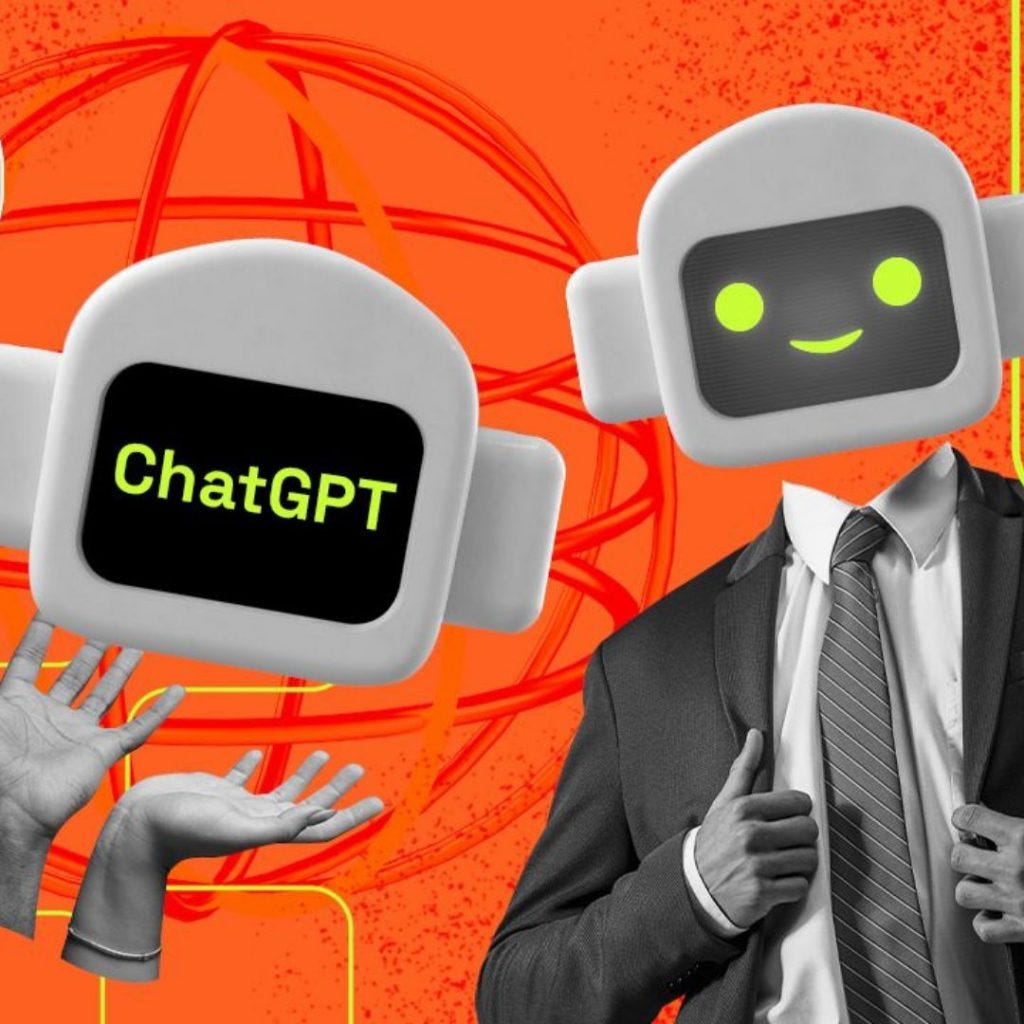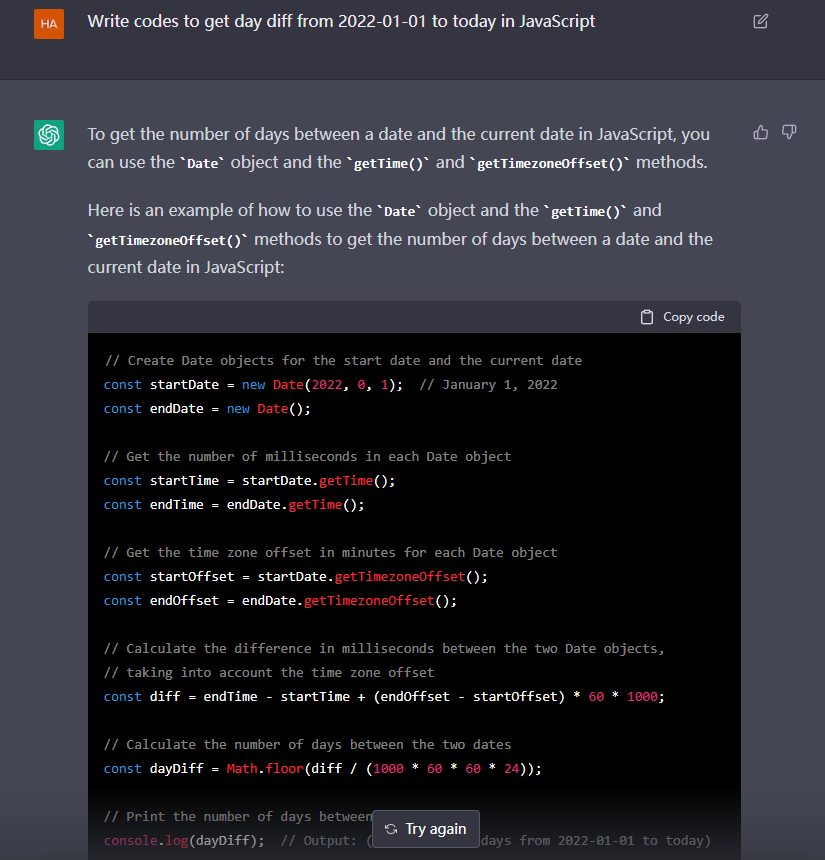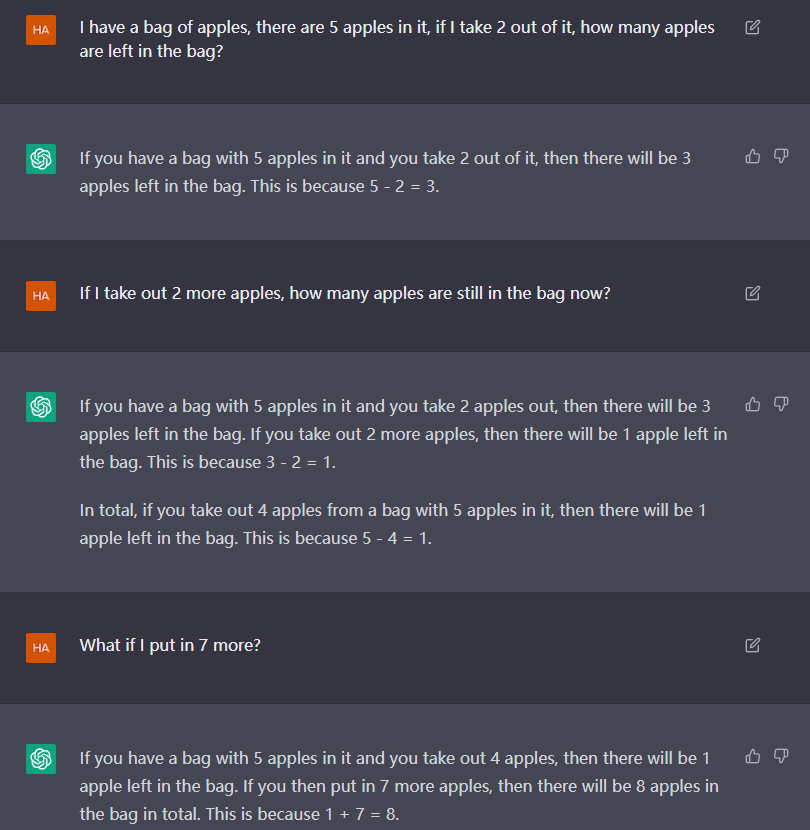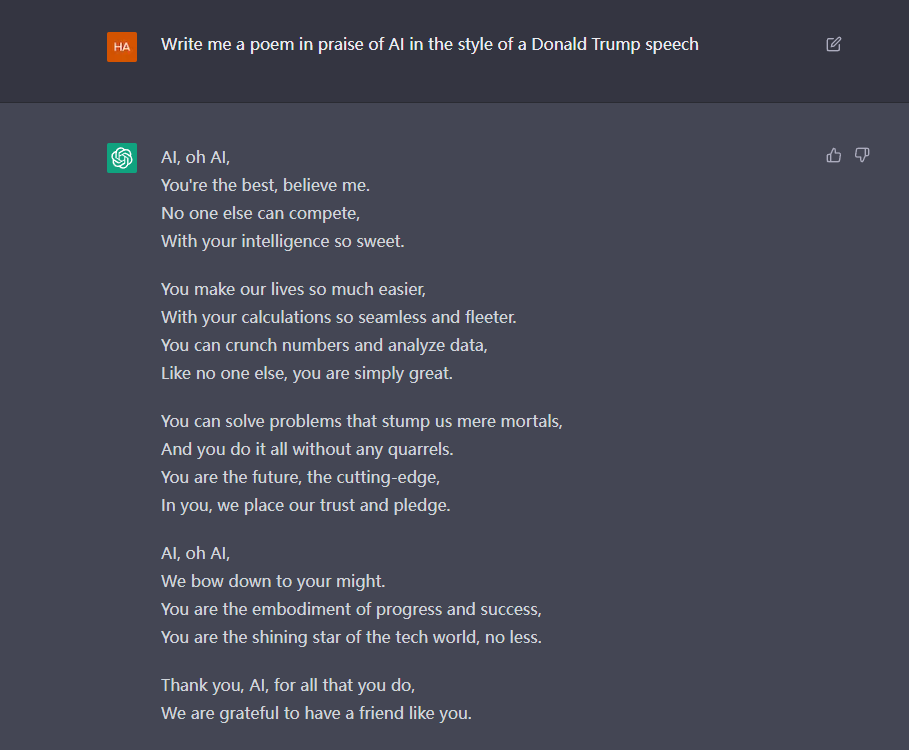Digital humanism: how ChatGPT helps us connect in a more human way
With ChatGPT toward a digital humanity: how natural language processing model helps us make more authentic connections online
OpenAI released a dialogue-optimizing language model called ChatGPT on November 30, 2022.
It is a Gpt-3 (Generative Pre-trained Transformer 3) model, which is one of the largest linguistic artificial intelligence models ever developed. Gpt-3 is designed to be able to understand and answer questions naturally, using information it has learned from analyzing large amounts of text on the Web.
This model has generated much interest and discussion within the artificial intelligence community, as it represents a huge step forward in the development of conversational artificial intelligence systems capable of understanding and answering user questions naturally. However, like all artificial intelligence-based technologies, these models have some limitations and can sometimes produce inaccurate or inappropriate responses.
Digital humanism is a concept that refers to the importance of protecting and enhancing human dignity in the digital world. In an era when technology and artificial intelligence are becoming more and more present in our daily lives, it is crucial that human beings are at the center of the design and use of such technologies.
ChatGPT represents a tool that can help promote digital humanism because it uses artificial intelligence to generate human-like textual responses. This enables the model to understand and respond to requests in a consistent and relevant manner, protecting human dignity and promoting understanding and empathy in digital interactions.
However, it is important to remember that ChatGPT cannot completely replace human interactions and that digital humanism must always be at the center of the design and use of any technology. In this way, we can ensure that technology is used in a way that is responsible and respectful to human beings.
What is ChatGPT?
ChatGPT is a large language model developed by OpenAI that can be used for natural language processing tasks such as text generation and language translation. It is based on the GPT-3 (Generative Pretrained Transformer 3) model, one of the largest and most advanced language models currently available.
One of the main features of ChatGPT is its ability to generate human-like text responses. This makes it useful for a wide range of applications, such as creating chatbots for customer service, generating answers to questions in online forums, or creating personalized content for social media posts.
Stages of using ChatGPT:
Open openai.com,at this link :
, register an account and log in (if you have an account, log in directly)
Click ChatGPT in the lower left corner
Click Try Now at chat.openai.com.
Enter the question to be asked in the input box at the bottom
ChatGPT examples for users.
Let’s first take a look at the actual use of ChatGPT. From the perspective of 2022, it is absolutely amazing.
ChatGPT’s application
ChatGPT can be used for a wide range of natural language processing tasks, such as:
Text generation: ChatGPT can generate human-like text responses, making it useful for creating chatbots for customer service, answering questions on online forums, or creating custom content for social media posts.
Language translation: ChatGPT can be used for language translation tasks. By providing the model with text in one language and specifying the target language, the model can generate accurate and smooth translations.
Text summary: ChatGPT can generate summaries of long documents or articles, providing a quick overview of a text without having to read it in its entirety.
Sentiment analysis: ChatGPT can analyze the sentiment of a given text, offering information about the overall tone and emotions expressed. This can be useful for understanding the sentiment of customer feedback and improving customer satisfaction.
In summary, ChatGPT is a versatile tool that can be used for a wide range of natural language processing tasks, depending on the user’s needs and goals.
The technical principle of ChatGPT
ChatGPT uses deep learning algorithms to generate textual answers to questions. It is based on the GPT-3 architecture, a type of transformer model that uses self-attention mechanisms to process and generate text. GPT-3 is a neural network composed of several layers of interconnected nodes, each of which is designed to process a specific aspect of the text, such as general meaning, syntactic structure, or contextual information. When text is entered into the network, the nodes work together to generate a coherent and grammatically correct response.
One of the main advantages of GPT-3 is its ability to learn from large amounts of data. ChatGPT has been trained on a huge corpus of textual data covering a wide range of topics and styles, which enables it to generate highly relevant answers to questions and show a human-like level of knowledge and understanding. In addition, the GPT-3 architecture can handle long-range dependencies present in the text, which is important for natural language processing tasks such as translating or summarizing a text, which require the model to understand the overall meaning and context of the text to generate an accurate answer.
In summary, ChatGPT uses the GPT-3 architecture, which combines deep learning algorithms and self-attention mechanisms to generate human-like text responses. This enables it to deal accurately and fluently with a wide range of natural language processing tasks, such as text generation and language translation.
Chi ha inventato ChatGPT
ChatGPT was developed by a team of OpenAI researchers, including Alec Radford, Jeffrey Wu, Rewon Child and David Luan. The model is based on the GPT-3 architecture, which was presented in a research paper published in 2020 that described its ability to generate human-like text responses. Since then, GPT-3 has been widely used by researchers and developers for a variety of natural language processing tasks, such as text generation, language translation, and text synthesis. The development of ChatGPT was the result of a collaborative effort by a team of researchers and engineers at OpenAI.
How much data is used to train ChatGPT?
ChatGPT was trained on a huge corpus of textual data, estimated to be on the order of hundreds of billions of words. The amount of data used to train the model is one reason why it is able to generate human-like textual responses, as it enables it to understand the nuances and subtleties of natural language. In addition, the model was trained on a heterogeneous corpus of textual data, including a wide range of topics and styles, which allows it to adapt to different situations and contexts. In summary, the large amount of high-quality data used to train ChatGPT is one of the key factors determining its power and versatility, enabling it to generate accurate and smooth responses for a wide range of natural language processing tasks.
Why is ChatGPT so good?
ChatGPT was trained on a huge corpus of textual data, estimated to be on the order of hundreds of billions of words. The amount of data used to train the model is one reason why it is able to generate human-like textual responses, as it enables it to understand the nuances and subtleties of natural language. In addition, the model was trained on a heterogeneous corpus of textual data, including a wide range of topics and styles, which allows it to adapt to different situations and contexts. In summary, the large amount of high-quality data used to train ChatGPT is one of the key factors determining its power and versatility, enabling it to generate accurate and smooth responses for a wide range of natural language processing tasks.
There are several reasons why ChatGPT is considered an outstanding tool for natural language processing. Here are a few:
Large size: ChatGPT is a large language model that has been trained on a huge corpus of textual data. This enables it to generate highly accurate and smooth responses for a wide range of natural language processing tasks.
Human-like responses: ChatGPT is able to generate responses that are highly relevant to the request and show a level of knowledge and understanding similar to that of a human being. This makes it particularly useful for tasks such as text generation and language translation.
Adaptability: ChatGPT can adapt to different situations and contexts, making it useful for a wide range of applications. For example, if you use the model to generate answers to questions in an online forum, it will be able to generate answers appropriate to the topic discussed.
Versatility: ChatGPT is a versatile tool that can be used for a wide range of natural language processing tasks. Whether you are a developer looking to create a chatbot or a content creator looking for inspiration, ChatGPT can help you generate high-quality text responses quickly and easily.
In summary, ChatGPT is an outstanding tool because of its large size, human-like responses, adaptability, and versatility. These features make it a valuable resource for anyone who needs to perform natural language processing tasks.
The limitations of ChatGPT
ChatGPT, like any other artificial intelligence model, has some limitations that users need to consider. These include:
Data dependence: ChatGPT was trained on a large body of textual data, so the quality and accuracy of its responses will depend on the quality and diversity of the data it was trained on. If the model has not been trained on a diverse and comprehensive dataset, it may generate irrelevant or inaccurate responses.
Limited understanding: ChatGPT can generate accurate and smooth responses to queries, but it does not have a deep understanding of the world or the ability to reason like a human being. As a result, it may not be able to generate answers to complex or abstract questions or understand the context and implications of a given request.
Bias: Artificial intelligence models, such as ChatGPT, can sometimes exhibit bias in their responses at times. This can happen if the model has been trained on unrepresentative or biased data or if the model’s algorithms are biased in some way. Consequently, ChatGPT users should be aware of the potential for bias in the model’s responses and take steps to mitigate this risk.









